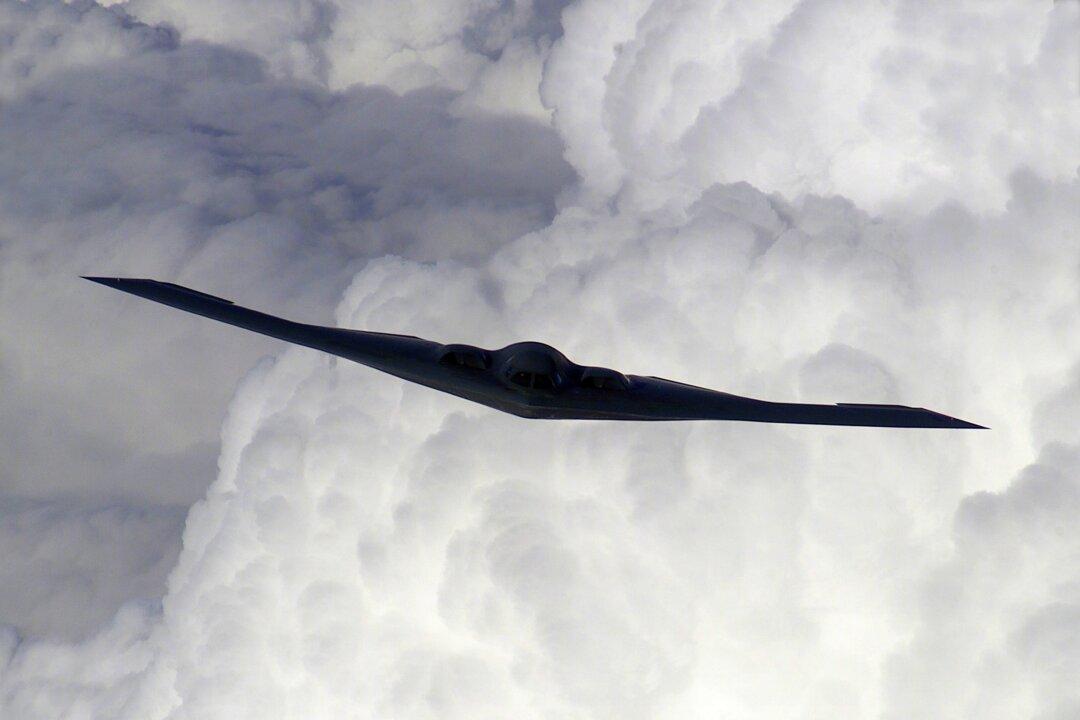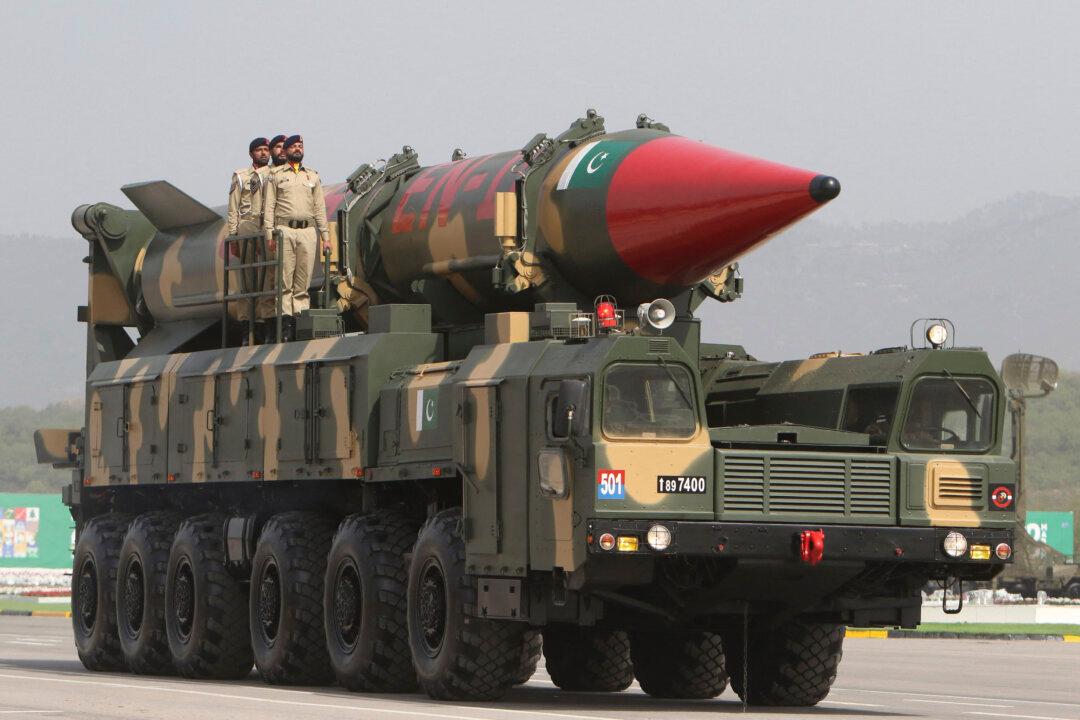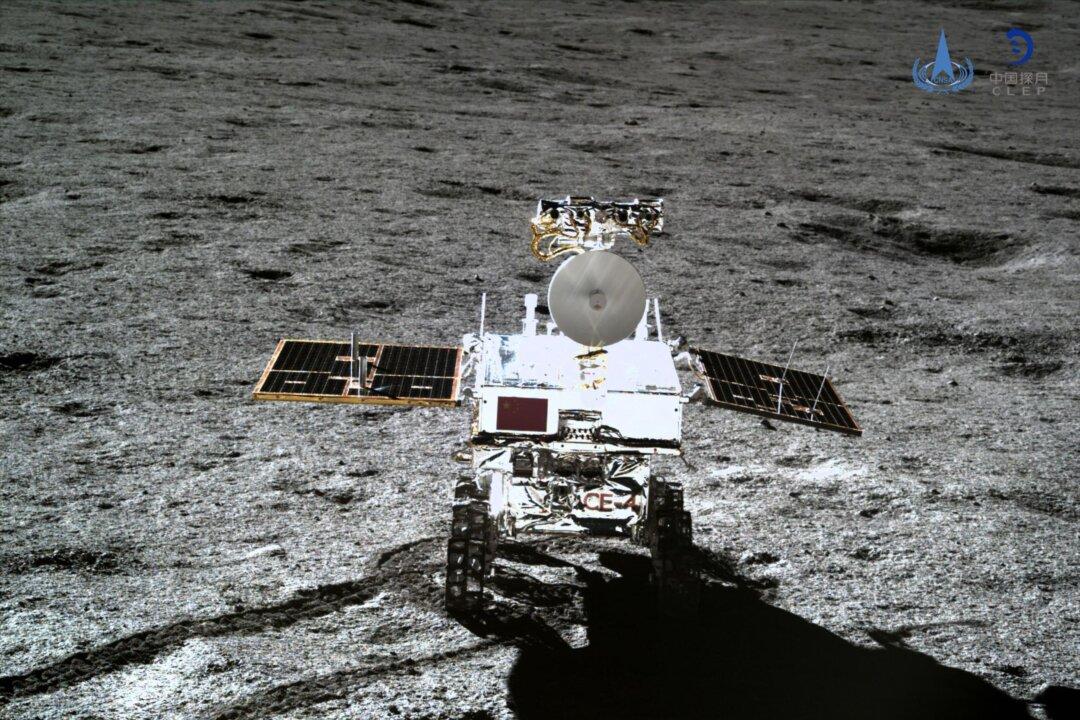Commentary
Throughout the first Cold War and as the world slides into a second, the United States has relied on intercontinental-range strategic bombers to provide a slow and recallable leg to balance the high-speed and non-recallable land and sea-based ballistic missile legs of its nuclear deterrent “triad.”





